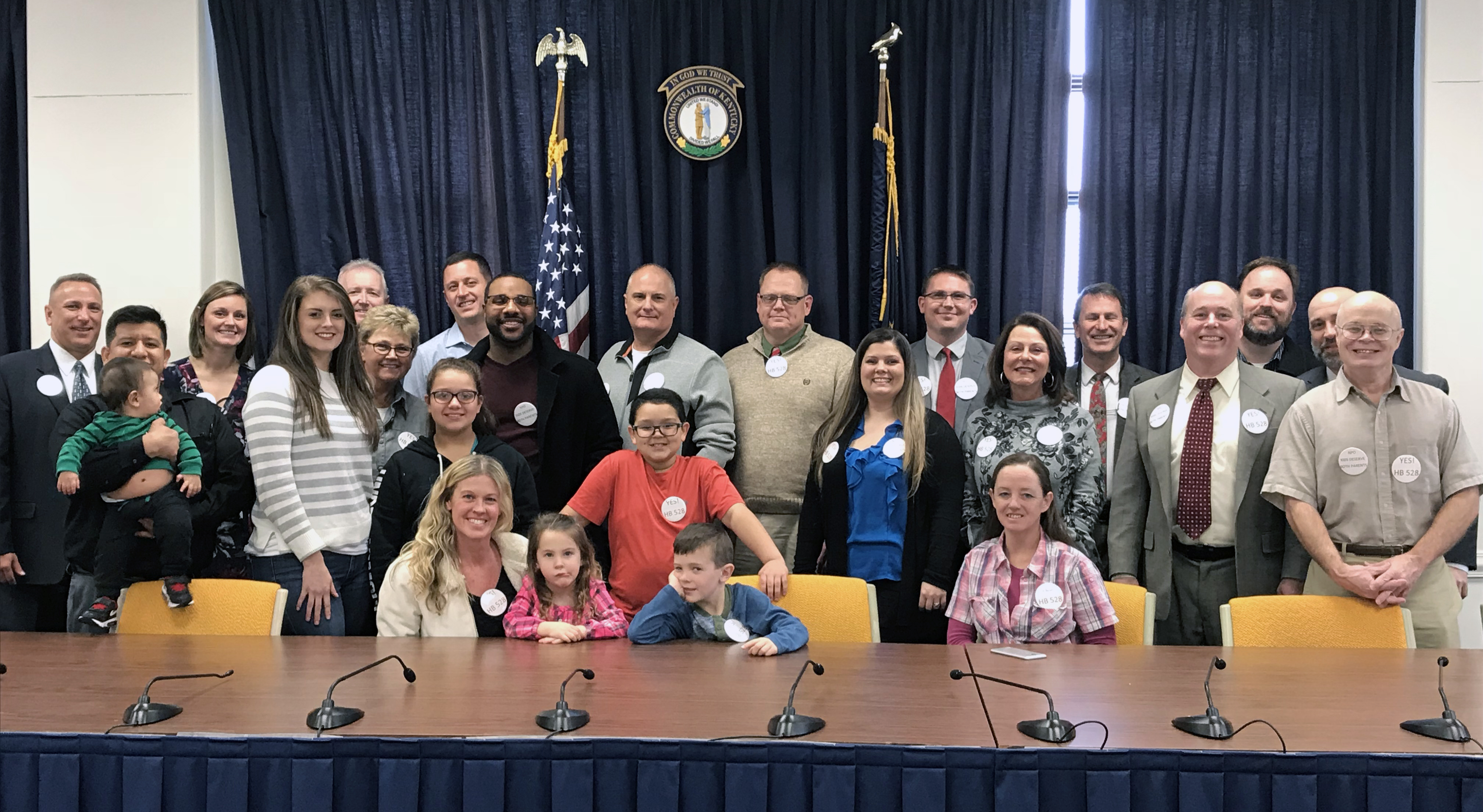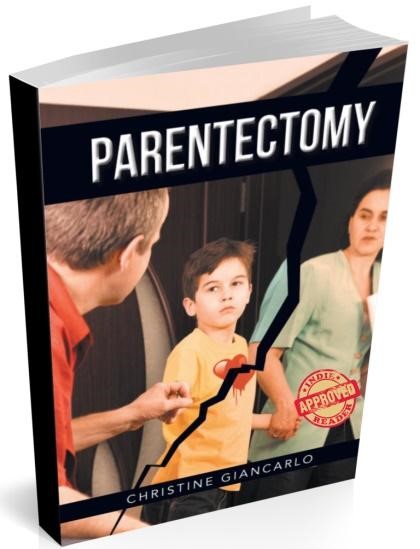 August 9, 2019 by Robert Franklin, Esq.
August 9, 2019 by Robert Franklin, Esq.
Few publications I’ve read deal adequately with the issue of paternity fraud, but this piece is an exception (VeryWell, 7/12/19). It’s an accurate and informative article that men, particularly young men, should familiarize themselves with.
Paternity fraud occurs when a man is led to believe he’s the father of a child when in fact he’s not. Fortunately, few women engage in the practice, but when one does, she can give rise to a host of ills for him, the child and the biological dad.
Misattributed paternity can be devastating for men who have spent years believing they are biologically tied to a child, only to later learn that they actually share no DNA. In addition to the emotional pain caused by paternity fraud—which affects the biological father, the non-biological father, and the child at the center of it—victims of misattributed paternity may have been paying child support for years.
Important as child support is, it’s usually the least of the problems men experience when they learn a child they’ve thought of as theirs turns out not to be. The neurochemistry on fatherhood tells us that men who live with their pregnant partner, are present for the birth and care for the child experience significant changes in their hormonal makeup and brain structure. Those are all aimed at forming attachments to the child.
So when a man then learns, at some point during the child’s life, that he’s not actually the father, he’s typically devastated, as the article says. He’s staked much of his sense of self on fatherhood and finds that swept away with a few words.
Worse, when paternity fraud is discovered, the child becomes confused about who is and who isn’t its father. The man who’s raised it or the biological father? Often children find themselves trying to negotiate the rocky ground of, on one hand, increased distance from the man they’ve known as ‘Dad’ and, on the other, a brand new relationship with a stranger.
Sometimes of course paternity fraud is only discovered in the worst possible way, for example in a doctor’s office.
Every person needs to know his/her medical history. Indeed, some diseases and conditions like cystic fibrosis can’t be diagnosed without it. Others, like cancer and heart disease can be diagnosed much more easily if the person’s family history is known. Children with misidentified fathers can’t communicate accurate information on their medical history with their doctors.
And of course there’s the biological father who’s been denied an opportunity to bond with and help raise his child. The United States Supreme Court has many times ruled that parents have a fundamental liberty interest in the association with and caring for their children. But paternity fraud means that, whatever the biological father’s constitutional rights, exercise of them is simply not up to him.
Then, as the article so cogently notes, there’s the matter of child support.
If a man, believing he’s the father, has been paying child support before learning the truth about the child’s paternity, he’ll have to go to court to try to get the payments stopped. Of course some men consider the child theirs even without a biological connection. In that case, they may be happy to continue their financial support. But for the others, stopping payments isn’t always the slam-dunk it should be. The “best interests of the child” standard may trump whatever right to keep their own money they may have.
And getting re-imbursement from the mother is all but impossible. That’s because she’s committed no legal wrong. In about five states, he may be able to sue to get some of his money back, but even that assumes she’s not judgment-proof, which many, many people are. Plus, the Bradley Amendment at the federal level forbids any retroactive orders regarding child support, further complicating re-imbursement actions.
There’s a simple solution to all this of course – DNA testing of every child at birth. Currently, children undergo a welter of tests when they’re born. Why not one more? Knowing for certain the identity of every child’s father would circumvent all those problems outlined above and save the state significant sums of money when it seeks fathers for re-imbursement of welfare benefits paid to mothers.
Another step would be to require mothers by law to identify the father of their child. After all, almost invariably, women know with whom they’ve had sex, but men don’t necessarily know (a) that sex resulted in conception or (b) if conception occurred, who the father is. We should require mothers to accurately identify all possible fathers of the children to whom they give birth. Only then can the correct man take up his golden opportunity as a father. And only then can we begin to achieve gender equality in matters related to parents and children.
As with the general failure to enact and enforce shared parenting laws, our failure to prevent paternity fraud strongly suggests a certain ignorance about the value of fathers to children. Once we, as a society generally, understand that value, things like shared parenting will become the norm and paternity fraud will receive the opprobrium it so richly deserves.
For now, we’ll have to rely on fine articles like the one in VeryWell to educate men about the risks of paternity fraud and how to avoid them.
 August 14, 2019 by Ginger Gentile
August 14, 2019 by Ginger Gentile

 August 13, 2019 by Don Hubin, Ph.D.
August 13, 2019 by Don Hubin, Ph.D.


 July 31, 2019
July 31, 2019
 National Parents Organization affiliate leaders are hard at work creating a roadmap on how to create momentum to pass shared-parenting legislation and educate the judiciary about its benefits. This road map will include practical lessons on how to create a core group of members, fund raise, and build alliances with organizations. Too often activists rush into trying to get legislation passed without knowing how to build a foundation of support.
National Parents Organization affiliate leaders are hard at work creating a roadmap on how to create momentum to pass shared-parenting legislation and educate the judiciary about its benefits. This road map will include practical lessons on how to create a core group of members, fund raise, and build alliances with organizations. Too often activists rush into trying to get legislation passed without knowing how to build a foundation of support. 



